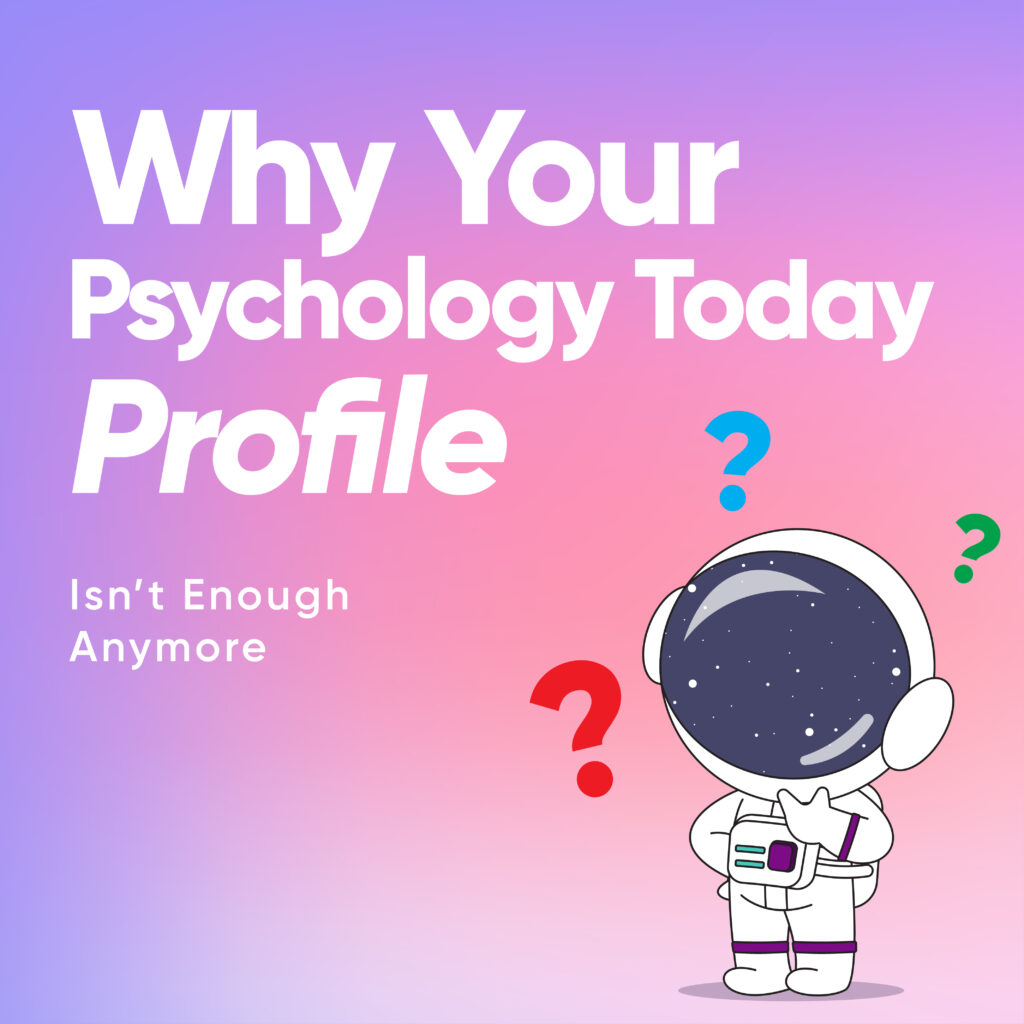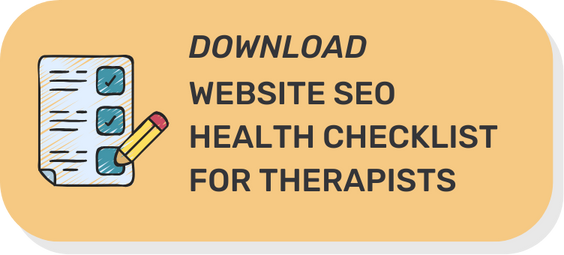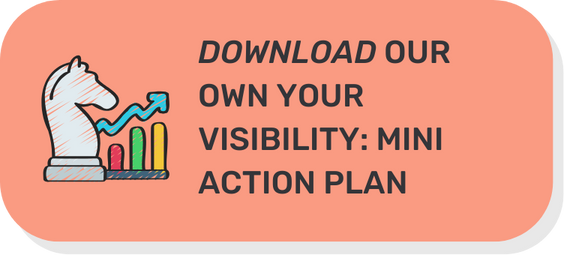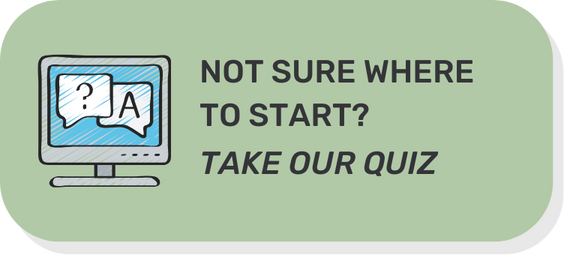When a Directory Listing Isn’t Doing Its Job Anymore
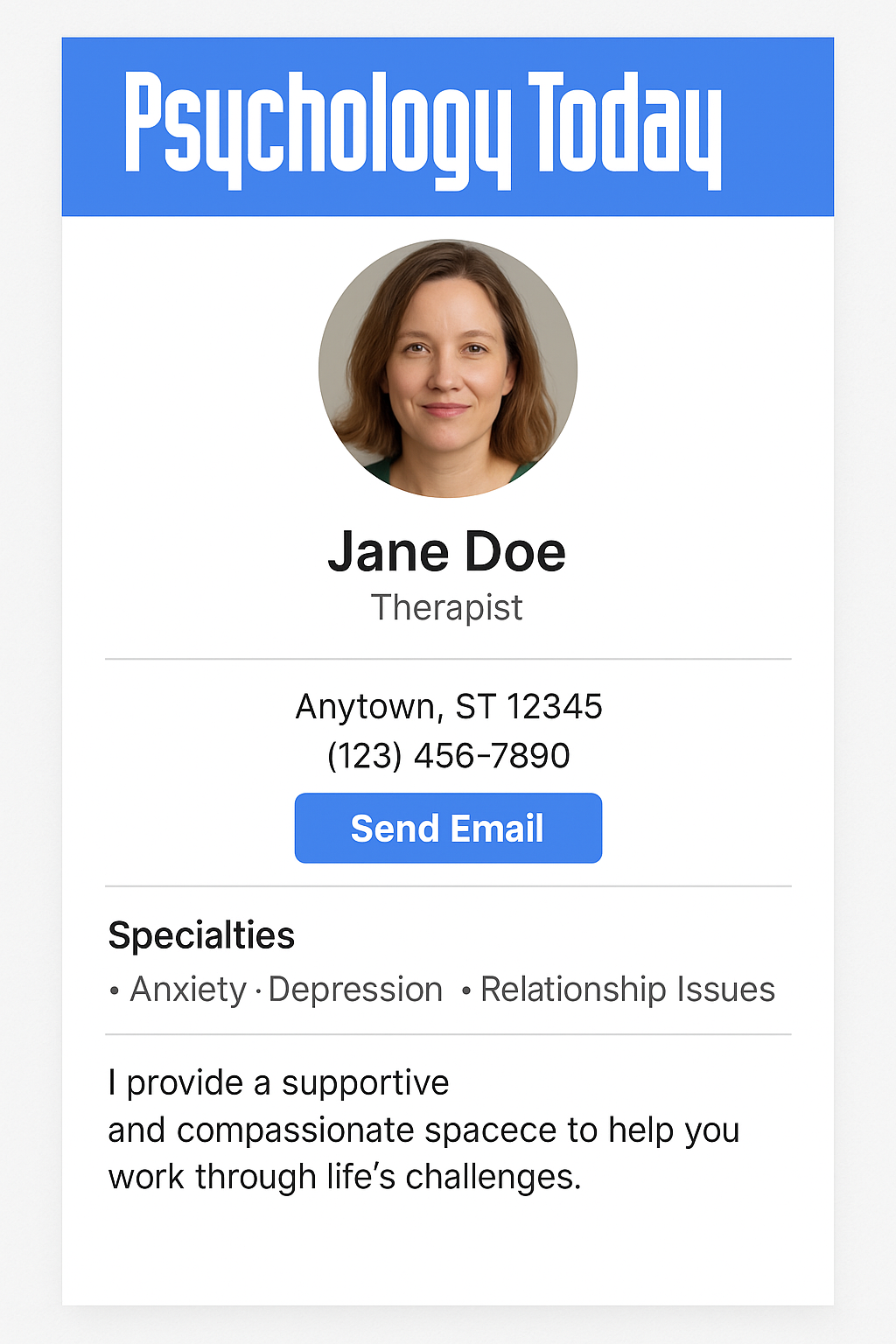
There was a time when having a Psychology Today profile felt like enough. You’d put it up, add a photo, maybe sprinkle in a few kind phrases—and referrals would roll in like clockwork. But if you’ve noticed a slow trickle (or even a total drought) of new client inquiries lately, you’re not imagining it.
I work with therapists every day—beautiful, ethical, dedicated humans who care deeply about their work. And I keep hearing the same thing: “I used to get plenty of clients through Psychology Today… but not anymore.” So let’s talk about what’s changed, why it matters, and how you can reclaim your visibility without selling your soul to the algorithm gods.
The Rise of Conglomerates and the Vanishing Therapist

The landscape has shifted under our feet. Psychology Today is no longer the simple, direct platform it once was. Increasingly, large therapy platforms like Headway or Alma are flooding the listings, scooping up visibility with deep budgets and full-time marketing teams.
What does this mean for you? It means your profile could be sitting quietly on page four while a corporate entity swallows the attention—and maybe even reroutes your potential clients to their own intake teams. You become, at best, a clickable pawn in someone else’s revenue funnel.
And for clients? It’s often confusing and disheartening. They think they’re reaching out to you—but their message is caught in a web of redirects and response bots.
You’re Playing a Game with No Rulebook

Here’s the kicker: even if you have a lovely, well-written Psychology Today profile, the algorithm may be burying it. I’ve spoken with therapists who swear their leads only return after they log in and change something—anything. A fresh word here, a photo toggle there.
It feels like magic. Or gambling. You shouldn’t have to guess your way to client connections.
And yet… this is what many therapists are stuck doing. Hitting refresh on their profile and hoping someone will find them in the noise.
Ethics, AI, and Why Visibility Shouldn’t Cost Your Integrity
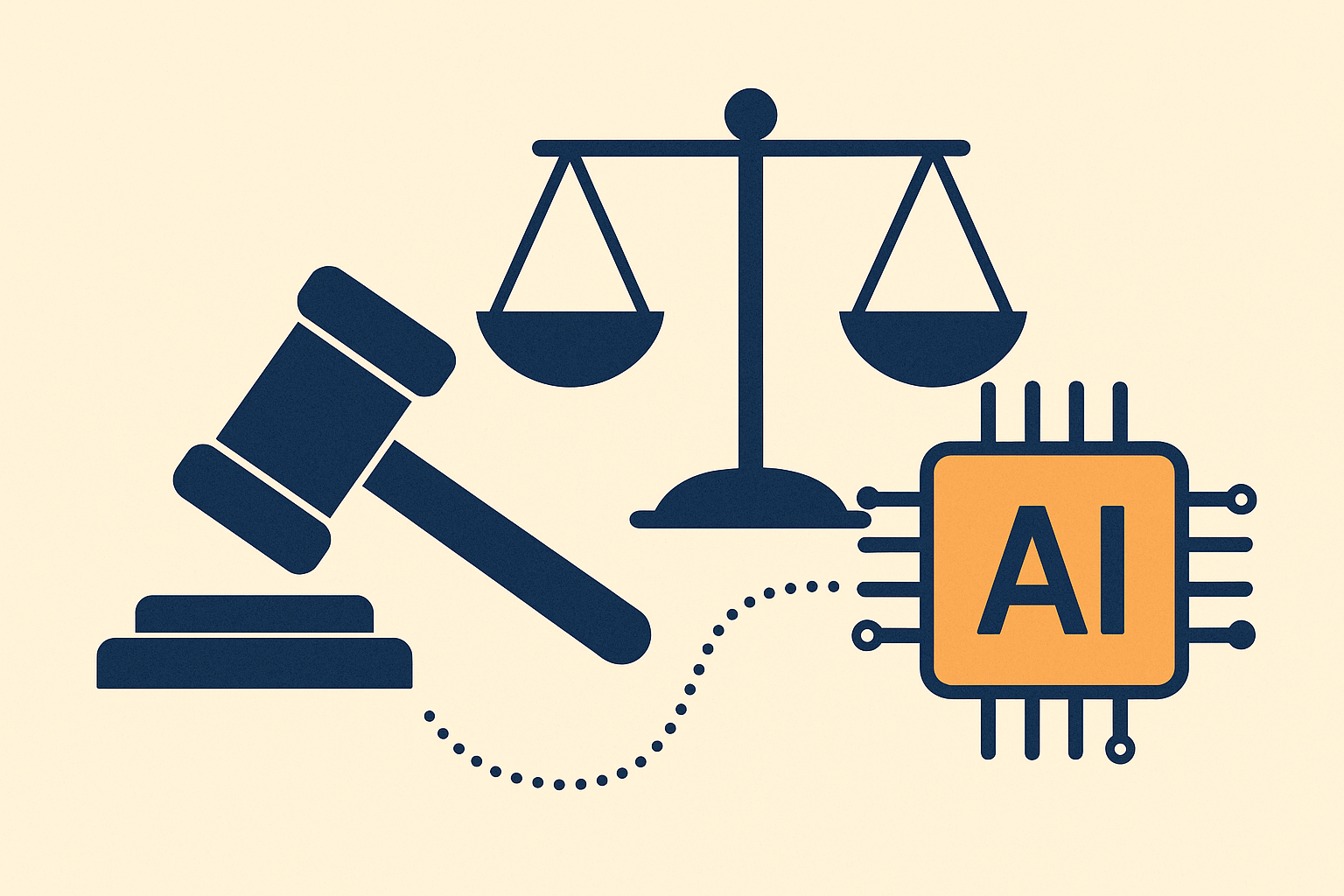
I wish I could say that the only challenge is competition. But there’s more. Some directories are now harvesting therapist data, quietly building AI models or using it for vague “performance insights.”
Others are letting third-party platforms post under your name. I’ve even seen fake listings—therapists’ names and photos used without permission to funnel clicks elsewhere. It’s infuriating and deeply unethical.
Meanwhile, real therapists—the kind who spend hours on notes, training, and keeping up with licensure—are being drowned out.
So What Can You Do Instead?
I’m not saying you should delete your Psychology Today profile. For some practices, it still brings in leads. But it can’t be your only strategy.
It’s time to build something sturdier. I believe therapists deserve marketing that feels like a natural extension of their values—not a performance, not a hack. That’s why I help practices learn how to plant their own roots online—through thoughtful websites, intentional SEO, and story-driven content that actually reflects who they are.
Because the goal isn’t just to be seen. It’s to be seen by the people who need you most.
Two Things You Can Do This Week
1. Reclaim Your Profile (On Your Terms):
Log into your Psychology Today profile and make a few strategic updates. Refresh your photo, update your bio, and set a calendar reminder to revisit it every two months. Don’t let it grow stale.
2. Start Building Your Own Homebase:
Whether or not you’re ready for full-blown SEO, your website is your space. Begin thinking of it as the central place where people can meet the real you—no middlemen, no rerouting.

